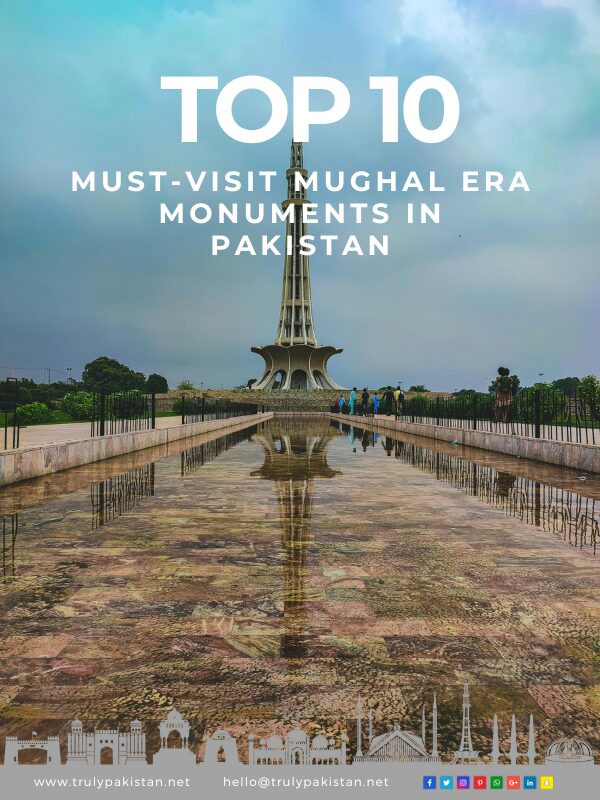1. Lahore Fort: A Majestic UNESCO Heritage
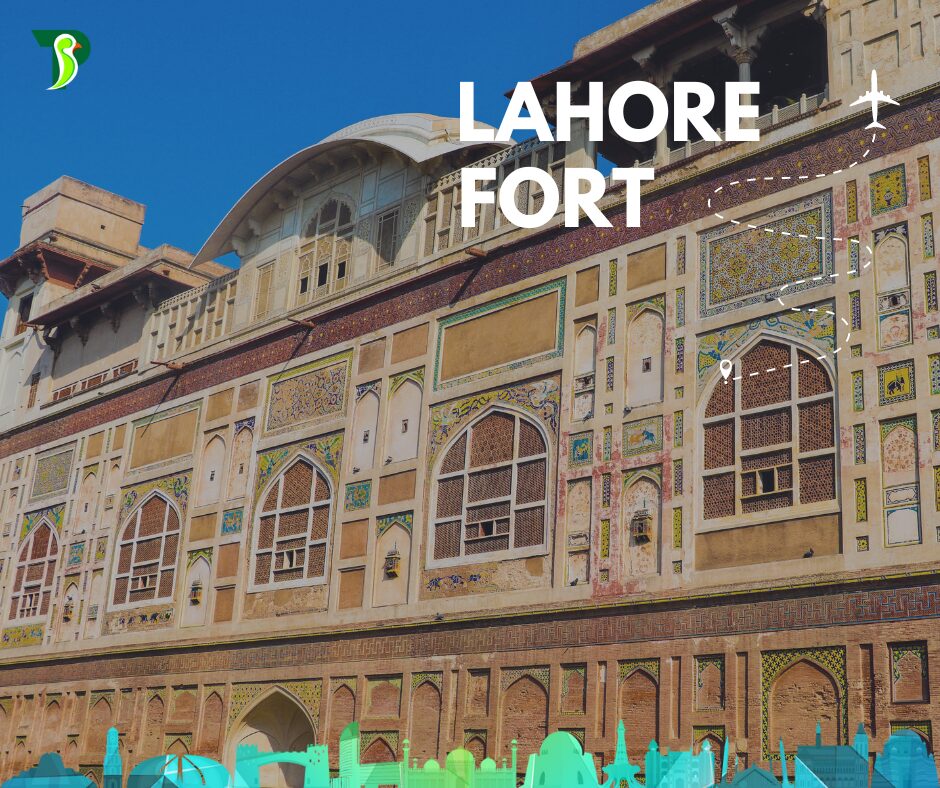

Discover the Lahore Fort, a UNESCO World Heritage Site and a marvel of Mughal architecture. With its imposing walls, grandiose gates like the Alamgiri Gate, and beautifully manicured Mughal gardens, this fort is a testament to the rich history of Lahore. Don’t miss the Diwan-e-Aam, Diwan-e-Khas, and the ethereal Moti Masjid within its expansive complex.
Lahore Fort: Google Map Location
Lahore Fort: Short History
The Lahore Fort, a symbol of Mughal strength, served as a royal residence and administrative headquarters. It has witnessed numerous renovations under different emperors, contributing to its complex architectural diversity.
Lahore Fort: Interesting Facts
- Originally built in the 11th century and expanded by subsequent Mughal Emperors.
- Home to the famous Sheesh Mahal (Palace of Mirrors).
- Contains 21 notable monuments within its premises.
2. Badshahi Mosque: A Testament to Mughal Splendor
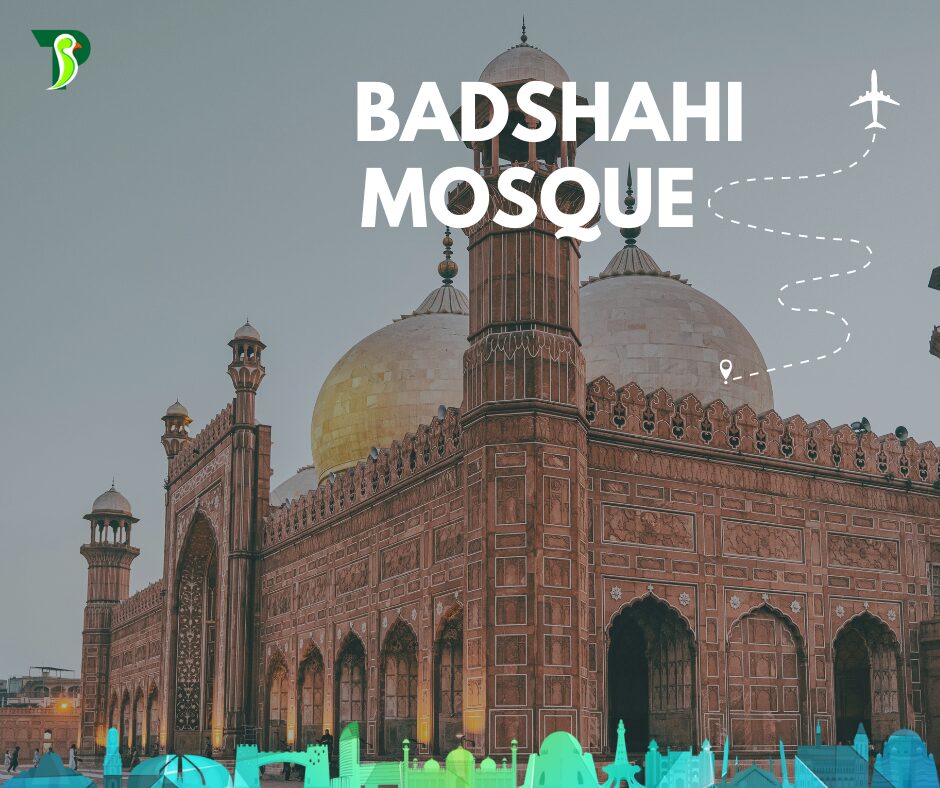

The Badshahi Mosque stands as one of the world’s largest mosques, built by Emperor Aurangzeb. Its white marble domes and intricate calligraphy showcase the zenith of Mughal craftsmanship. The mosque offers panoramic views of Lahore, making it a must-visit for history enthusiasts.
Badshahi Mosque: Google Map Location
Badshahi Mosque: Short History
Commissioned by Emperor Aurangzeb in 1671, this mosque is a masterpiece of Islamic architecture and was the world’s largest mosque for over 300 years.
Badshahi Mosque: Interesting Facts
- Capable of accommodating over 55,000 worshippers.
- Features an expansive courtyard and an impressive red sandstone facade.
- Houses the remains of several Mughal royals, including Muhammad Iqbal.
3. Shalimar Gardens: A Mughal Paradise
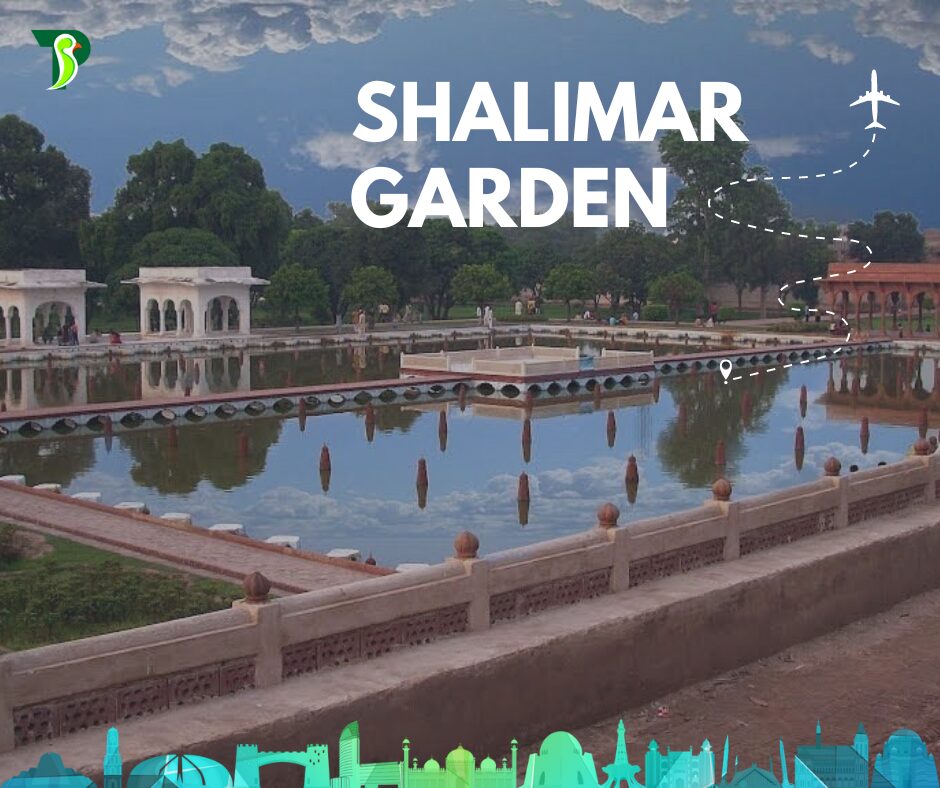

Designed by Emperor Jahangir, the Shalimar Gardens are a UNESCO World Heritage Site, famous for their cascading fountains and ornate pavilions. This serene oasis is perfect for a leisurely stroll amidst the beauty of nature and architecture.
Shalimar Gardens: Google Map Location
Shalimar Gardens: Short History
Constructed by Emperor Shah Jahan in 1641, these gardens are a classic example of Mughal garden design, emphasizing symmetry and the use of water features.
Shalimar Gardens: Interesting Facts
- Consists of three descending terraces, known as “Bestower of Pleasure,” “Bestower of Goodness,” and “Bestower of Life.”
- The gardens were laid out as a Persian paradise garden.
- UNESCO recognized the site for its exceptional Mughal garden design in 1981.
4. Jahangir’s Tomb: A Monument of Love
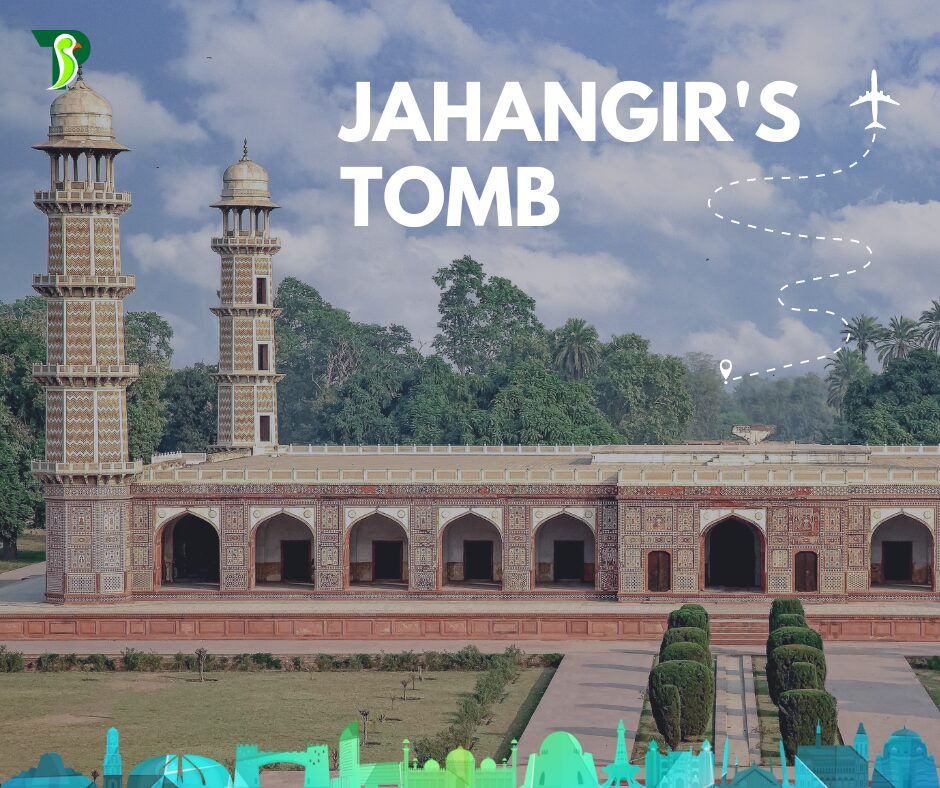

The tomb of Emperor Jahangir, an architectural masterpiece adorned with red sandstone and intricate marble inlays, offers insight into Mughal funerary art. Located in Lahore, it’s a poignant reminder of the era’s grandeur.
Google Map Location
Short History
This tomb, built for Emperor Jahangir who died in 1627, is a significant example of Mughal architecture with its beautiful garden layout, inspired by the Persian Charbagh.
Interesting Facts
- Known for its intricate marble latticework.
- Surrounded by a large, ornamental garden in the Charbagh layout.
- Jahangir’s tomb is considered a departure from traditional Mughal architecture due to its unique design.
5. Rohtas Fort: A Fortified Legacy
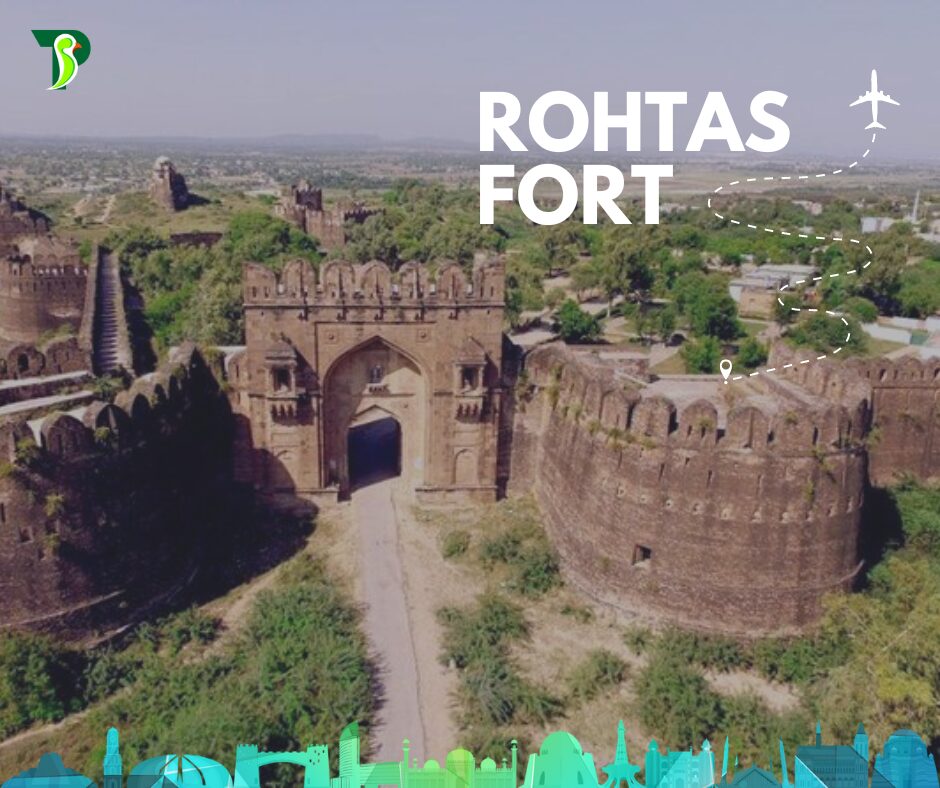

Rohtas Fort is a UNESCO World Heritage Site known for its massive defensive structures and architectural ingenuity. Built by Sher Shah Suri, it remains one of the most impressive military forts from the Mughal era.
Google Map Location
Short History
Built by Sher Shah Suri in the 16th century, this fort was strategically designed to block Emperor Humayun’s return to India after being defeated.
Interesting Facts
- Spans an area of over 70 hectares.
- Known for its massive defensive walls and monumental gateways.
- Integrates architectural styles from Turkey, the Middle East, and the Indian subcontinent.
6. Mahabat Khan Mosque: An Architectural Jewel
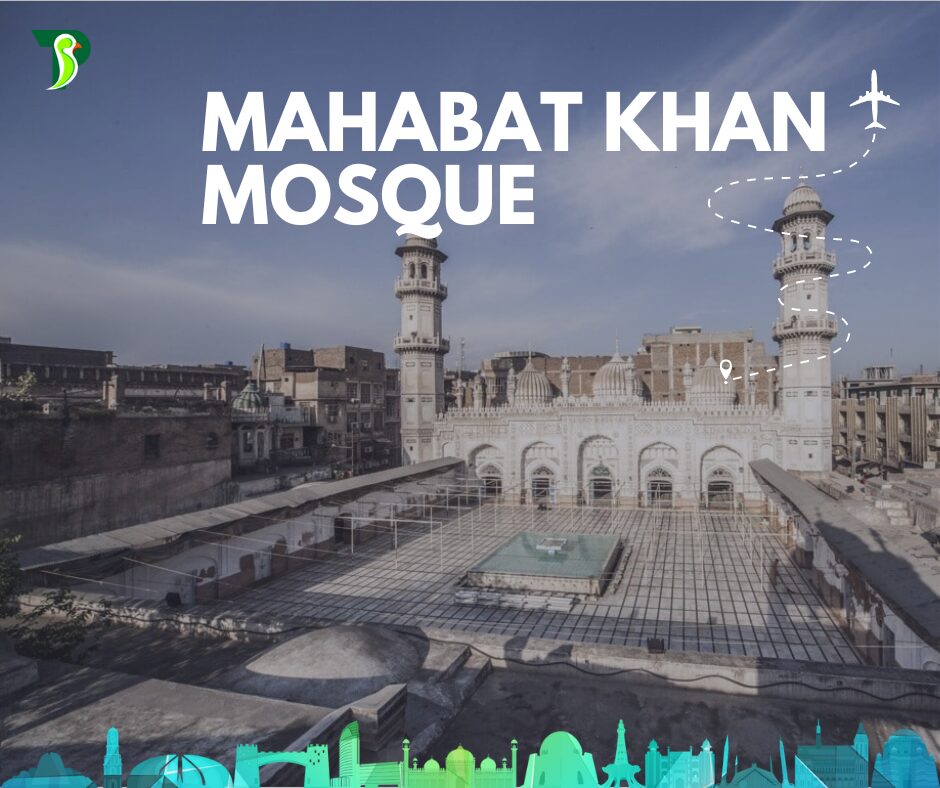

In the heart of Peshawar, the Mahabat Khan Mosque is renowned for its stunning blue tile work. This 17th-century mosque blends Mughal and local architectural styles, representing the cultural fusion of the era.
Google Map Location
Short History
Named after the Mughal governor of Peshawar, Mahabat Khan, who commissioned it in the 17th century, this mosque is an important example of Mughal architectural sophistication.
Interesting Facts
- Survived multiple Sikh and British invasions, which led to its use as a garrison.
- Features an extensive use of white marble and intricate frescoes.
- The mosque’s prayer hall is supported by carved wooden pillars.
7. Wazir Khan Mosque: A Masterpiece of Mughal Art
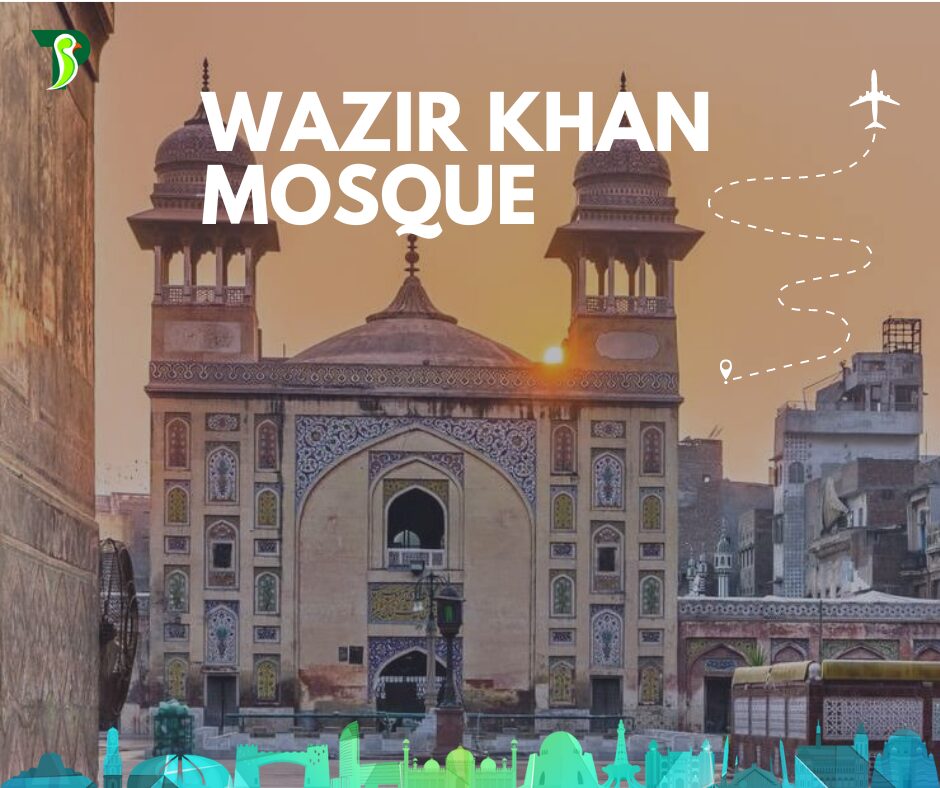

Famed for its elaborate frescoes and intricate tile work, the Wazir Khan Mosque in Lahore is a stunning example of Mughal artistic expression. Its reflective tiles and grand courtyard are a visual feast.
Google Map Location
Short History
Constructed in 1634 by Wazir Khan, the governor of Lahore, this mosque is famous for its extensive faience tile work. It embodies the height of Mughal artistic expression in the form of a mosque.
Interesting Facts
- Contains one of the few remaining examples of Mughal-era calligraphy.
- Known for its detailed kashi-kari (tile work) and frescoes.
- Features a large central courtyard surrounded by intricate arches.
8. Lahore Museum: A Treasure Trove of Mughal Heritage
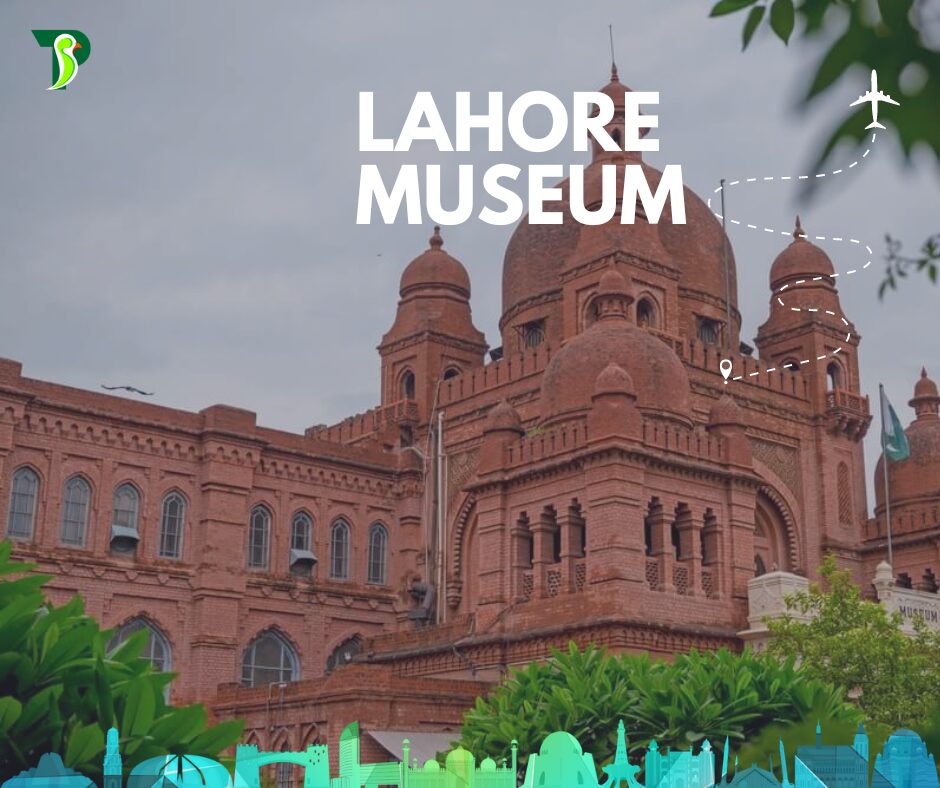

Set in a historic Mughal palace, the Lahore Museum houses an extensive collection of artifacts spanning the Mughal era. From royal manuscripts to ornate weapons, it offers a glimpse into the rich cultural tapestry of the time.
Google Map Location
Short History
Established in 1894, the Lahore Museum is the largest in Pakistan and houses artifacts from the Mughal Empire, among other periods. It serves as a testament to the region’s rich history and cultural heritage.
Interesting Facts
- Home to the famous “Fasting Buddha” statue.
- Features a vast collection of Mughal and Sikh-era artifacts.
- The museum building itself is a fine example of Mughal Gothic architecture.
9. Hiran Minar: Jahangir’s Unique Tribute
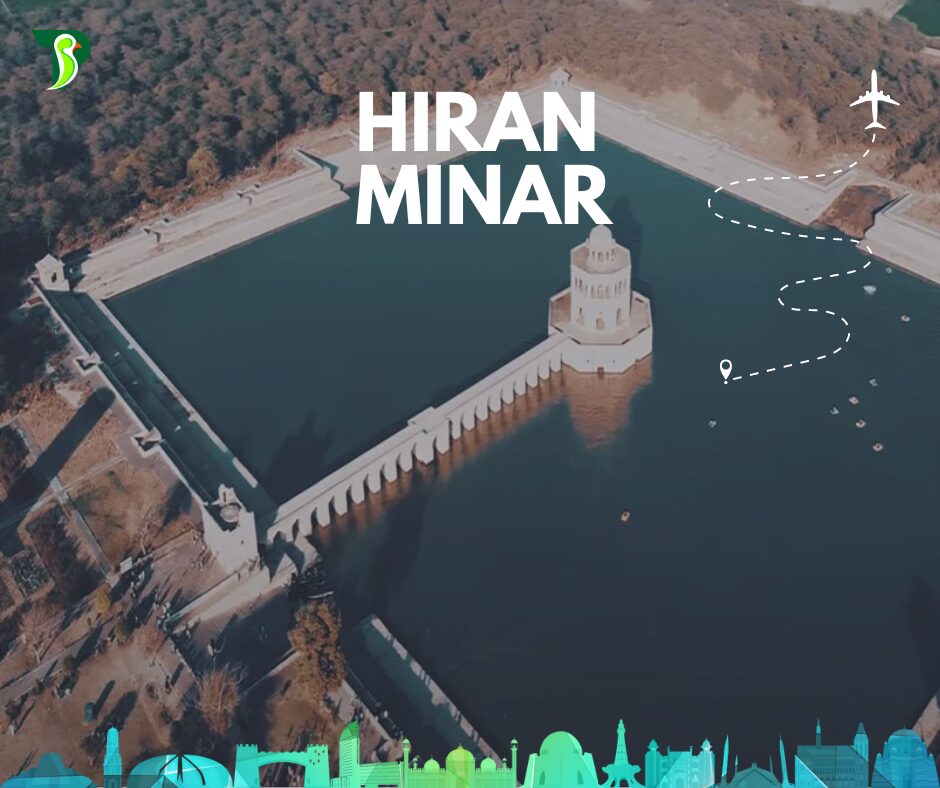

The Hiran Minar in Sheikhupura was erected by Emperor Jahangir in memory of his beloved deer. This unique monument is notable for its intricate brickwork and offers breathtaking views from its summit.
Google Map Location
Short History
Emperor Jahangir built Hiran Minar in memory of his beloved antelope, Mansraj. This unique structure is an example of the personal and whimsical side of Mughal architecture.
Interesting Facts
- Originally served as a hunting reserve and water collection tower.
- Features a 100-foot high tower surrounded by a large water tank.
- The tower is accessible via a spiral staircase, offering panoramic views of the surrounding landscape.
Summing Up
Embarking on a journey through these awe-inspiring monuments in Pakistan is like traversing the corridors of time itself, each step echoing the tales of Mughal emperors and their grandiose visions. As you stand in the shadow of these architectural marvels, you’re not just a spectator but a partaker in the rich tapestry of history that continues to resonate through the ages. These monuments, with their intricate designs and storied pasts, are not just stone and mortar; they are the living, breathing remnants of a bygone era, inviting you to explore, wonder, and be utterly captivated. So pack your spirit of adventure and set forth to witness the splendor of Pakistan’s Mughal heritage, where every monument is a doorway to the past, waiting to unfold its mesmerizing tales.
Watch the Video

